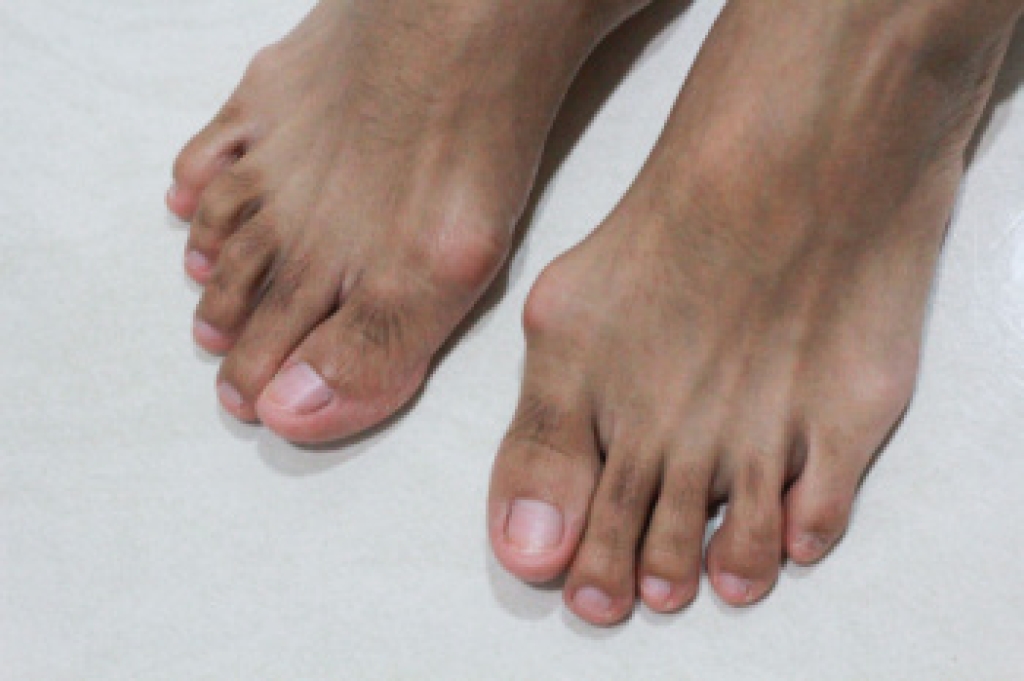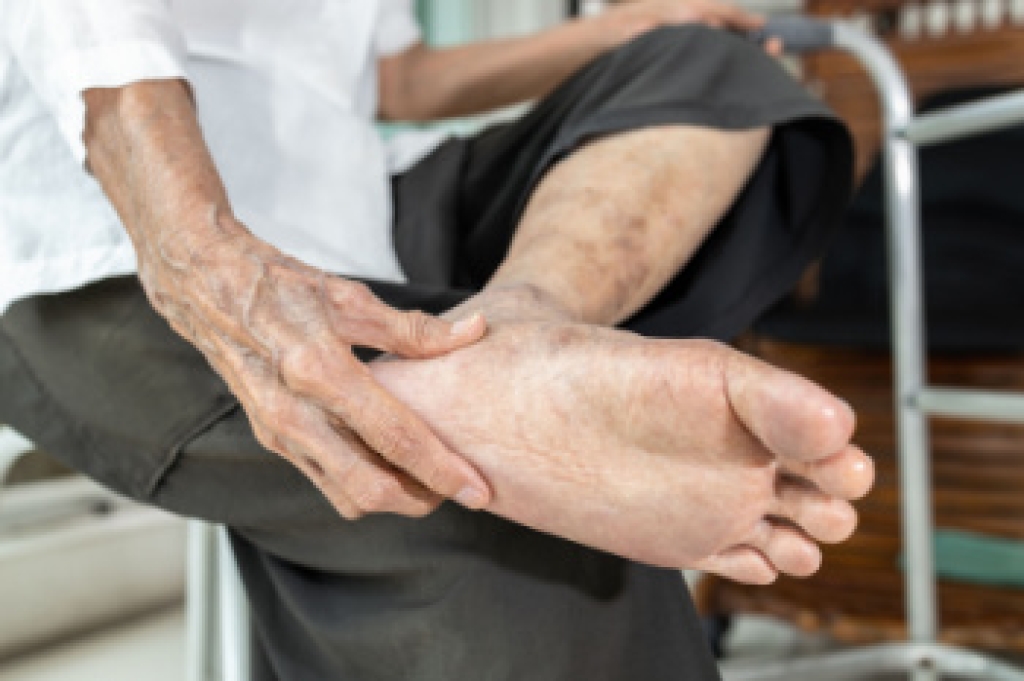
Gout, a form of arthritis caused by the buildup of uric acid crystals in the joints, is often noticed in the big toe. The pain can be debilitating, making it difficult to complete daily activities. This painful foot condition can happen for a variety of reasons, including certain dietary choices. High-purine foods are notorious triggers for gout attacks, as purines break down into uric acid in the body. Foods rich in purines include red meat, organ meats like liver and kidney, shellfish, and certain types of fish such as anchovies and sardines. Additionally, excessive consumption of alcohol, especially beer and spirits, can raise uric acid levels and increase the risk of gout flare-ups. Sugary beverages and foods high in fructose can also contribute to gout by promoting uric acid production. Furthermore, processed foods, refined carbohydrates, and saturated fats may increase inflammation and worsen gout symptoms. It is beneficial for individuals prone to gout to limit their intake of these triggering foods and opt for a balanced diet rich in fruits, vegetables, whole grains, and lean proteins to help manage their condition effectively. If you have had one or several gout attacks, it is strongly suggested that you are under the care of a podiatrist who can help you manage this painful condition.
Gout is a painful condition that can be treated. If you are seeking treatment, contact Kent DiNucci, DPM from Ankle and Foot Clinic . Our doctor will treat your foot and ankle needs.
What Is Gout?
Gout is a form of arthritis that is characterized by sudden, severe attacks of pain, redness, and tenderness in the joints. The condition usually affects the joint at the base of the big toe. A gout attack can occur at any random time, such as the middle of the night while you are asleep.
Symptoms
- Intense Joint Pain - Usually around the large joint of your big toe, and it most severe within the first four to twelve hours
- Lingering Discomfort - Joint discomfort may last from a few days to a few weeks
- Inflammation and Redness -Affected joints may become swollen, tender, warm and red
- Limited Range of Motion - May experience a decrease in joint mobility
Risk Factors
- Genetics - If family members have gout, you’re more likely to have it
- Medications - Diuretic medications can raise uric acid levels
- Gender/Age - Gout is more common in men until the age of 60. It is believed that estrogen protects women until that point
- Diet - Eating red meat and shellfish increases your risk
- Alcohol - Having more than two alcoholic drinks per day increases your risk
- Obesity - Obese people are at a higher risk for gout
Prior to visiting your podiatrist to receive treatment for gout, there are a few things you should do beforehand. If you have gout you should write down your symptoms--including when they started and how often you experience them, important medical information you may have, and any questions you may have. Writing down these three things will help your podiatrist in assessing your specific situation so that he or she may provide the best route of treatment for you.
If you have any questions, please feel free to contact our office located in Omaha, NE . We offer the newest diagnostic and treatment technologies for all your foot care needs.




